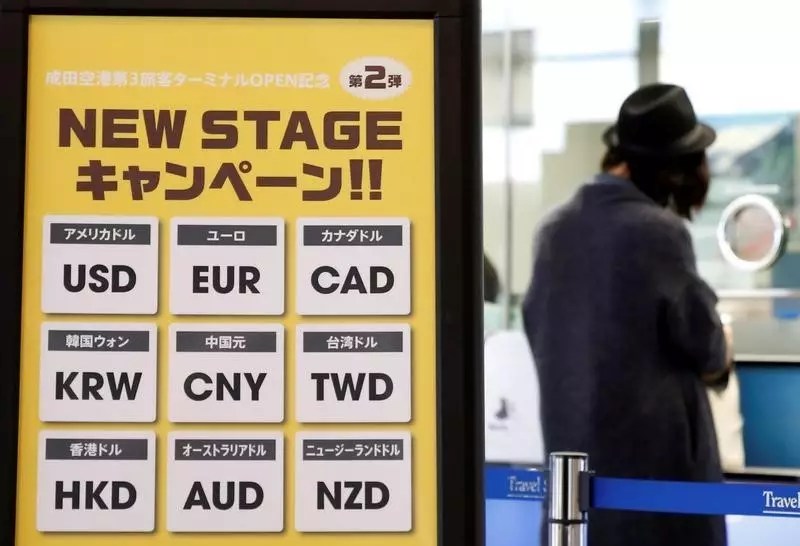As Iran looks toward 2025, the shadows of past diplomatic efforts and current geopolitical tensions loom large. The tumultuous relationship between the United States and Iran has seen various fluctuations, particularly with Donald Trump’s presidency marking a significant turning point. Trump’s withdrawal from the pivotal 2015 nuclear agreement, crafted by Barack Obama’s administration, has created lingering uncertainties regarding Iran’s nuclear ambitions and the broader implications for global security.
In the 2015 deal, Iran made significant concessions by agreeing to limit its uranium enrichment activities, which are integral to the potential development of nuclear weapons. In exchange, the sanctions imposed by the United States and the United Nations were relaxed, allowing Iran some economic relief. However, Trump’s return to a “maximum pressure” campaign has reignited fears about Iranian nuclear proliferation and the prospect of military confrontations, especially involving Israel.
The year 2025 has emerged as a focal point in Iran’s discourse surrounding its nuclear strategy. Foreign Minister Abbas Araqchi’s recent comments in Beijing underline the importance Iranian leaders attribute to this particular timeline. While Araqchi refrained from elaborating on how 2025 might shape regional dynamics or nuclear developments specifically, it signals a growing concern among Iranian officials about the repercussions of U.S. policies and the potential flexing of military options by Israel under a more aggressive stance from Washington.
The fear that Prime Minister Benjamin Netanyahu of Israel might feel emboldened by U.S. support to target Iranian nuclear sites adds another layer of urgency to Iran’s calculus. This anxieties are framed within the context of broader Middle Eastern geopolitics, where alliances and enmities are often fluid and complex.
The Iranian economy has felt the brunt of heightened sanctions, with the rial suffering severe devaluation against the U.S. dollar. Currently, it has hit an all-time low of 820,500 rials to the dollar, reflecting the economic strain gripping the nation. The volatility of the currency is indicative of profound distrust in the domestic economy, exacerbated by an official inflation rate of around 35%. This creates a perfect storm where Iranians, fearing further economic turmoil, are prioritizing hard currencies, gold, and cryptocurrencies to safeguard their savings.
The economic distress has led to increased instability and unrest within Iran. As the populace grapples with declining living standards and rising prices, the ramifications of these economic challenges could spill into broader societal discontent, further complicating the government’s navigation of its nuclear policy and international relations.
Iran’s future regarding its nuclear ambitions remains uncertain, hanging in the balance of international diplomacy and domestic pressures. The looming specter of 2025 could be parked both as a benchmark in nuclear progression or as a period of intensified scrutiny from global superpowers. In an environment where economic stability is fragile, and geopolitical tensions simmer, it is crucial for policymakers and analysts to watch these developments closely, as they could redefine not just Iran’s future, but the broader dynamics of Middle Eastern security and cooperation.


Leave a Reply